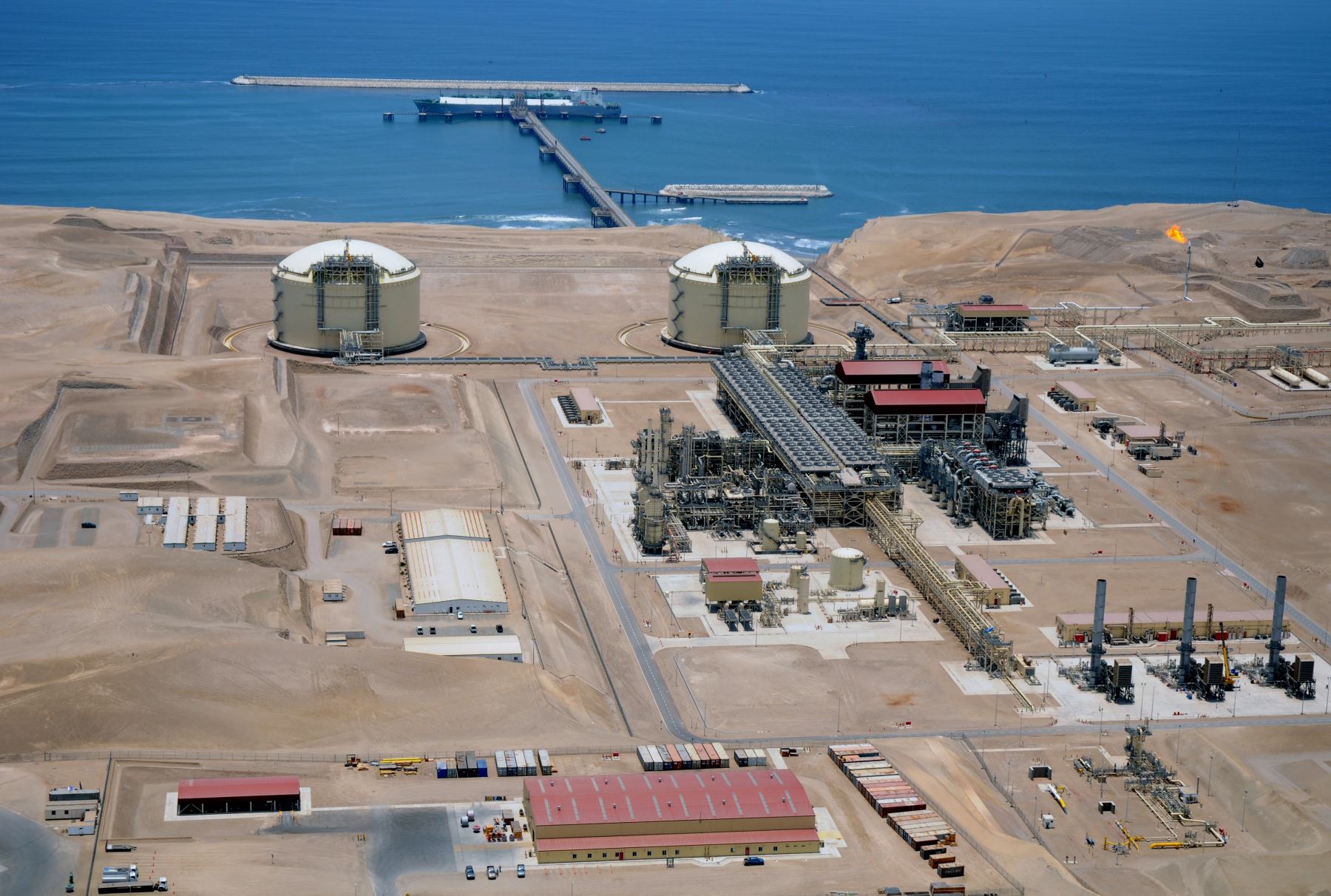The James M. Gavin power plant in Ohio, one of the largest coal-fired power plants in the country, is poised to close or be converted to run on a different fuel by 2031, according to a source familiar with the plans.
The plans are set to be announced after the completion of a pending sale of Lightstone Holdco, the company that owns Gavin. The buyer is Energy Capital Partners, or ECP, an investment firm.
I learned of the outlook for Gavin this week as I made calls to determine which of the nation’s 10 largest coal-fired power plants have firm retirement dates. This follows my story last week about how Duke Energy has proposed burning coal at the Gibson plant in Indiana through 2038, an extension of three years from the company’s prior plan.
Of the 10 plants, five have timetables for when they will close or stop using coal. Gavin would make it six if ECP completes the acquisition and follows through on its intentions, according to someone affiliated with one of the companies in the transaction who spoke on condition of anonymity because the sale is not yet final.
Explore the latest news about what’s at stake for the climate during this election season.
New Jersey-based ECP is acquiring four power plants from Lightstone, including Gavin and three others that run on natural gas: Lawrenceburg in Indiana and Darby and Waterford in Ohio. S&P reported on the agreement in September, but it didn’t include details about plans for Gavin. The companies have not said when they expect the sale to be complete.
The 50-year-old Gavin plant is a landmark along the shores of the Ohio River, visible for miles in Ohio and West Virginia. It is a major polluter, used for decades as an example of the environmental destruction of burning coal and helping to inspire regulations that required plant owners to invest in scrubbers to reduce harmful emissions. A 1989 story in The Washington Post noted that Gavin was the country’s leading source of sulfur dioxide, a pollutant that is harmful to human health and contributes to acid rain.
“A plan to stop burning coal at Gavin highlights the dimming economic prospects of coal-fired power in the U.S. and suggests that if other plant owners were acting in the interest of their customers, they’d be following a similar path,” said Brendan Pierpont, director of electricity modeling at the think tank Energy Innovation.
An important distinction with Gavin is that it is one of two plants in the top 10 that don’t have a guaranteed profit under state regulation; the other is W.A. Parish in Texas. Ohio and Texas are two of a small number of states that require power plants to compete on an open market. Without protection from regulators, plant owners face higher risks.
Coal has been in a steady decline, going from the country’s leading fuel for producing electricity as recently as 2015, to trailing natural gas, renewables and nuclear today. Coal-fired power plants generated 16 percent of the country’s electricity last year, down about half from a decade ago, according to the Energy Information Administration.
The closing of coal plants creates space in the market that cleaner electricity sources can fill, cutting the emissions that contribute to climate change.
Coal has lost market share because of rising costs compared to competing electricity sources. But the largest coal-fired plants have remained open due to a combination of economies of scale and, in some cases, state regulators that allow the plant owners to pass high costs along to consumers.
I need to go back to 2019 to find an example of one of the ten largest coal plants closing. That was when FirstEnergy Solutions closed the Bruce Mansfield plant in Beaver County, Pennsylvania.


Other than that one, a list of the top 10 largest coal plants in 2019 is the same as today. So it’s notable that half of the top 10 now have retirement dates, when almost none of them did in 2019.
Here are the plants, ranked in order of their summer generating capacity:
- Plant Bowen, located in Georgia, would close in “2035 at the latest,” according to a spokesman for the owner, Southern Co. The company disclosed its intentions in 2022 as part of a long-range planning process with Georgia regulators. Bowen is the largest coal plant in the country at 3,200 megawatts. (All capacity figures are from the Energy Information Administration.)
- Gibson, located in Indiana, has five generating units that now run on coal, two of which would convert to run on natural gas, two of which would convert to run on coal and natural gas, and one of which would close. The changes would take place by 2031, and the two units running on coal and gas would close by 2038, according to a proposal Duke released last week. The plant’s capacity is 3,132 megawatts.
- Monroe, located in Michigan, would close in two phases, in 2028 and in 2032, according to a plan the owner, DTE Energy, issued last year. Monroe’s capacity is 3,066 megawatts. State regulators approved the plan, which also includes developing more than 15,000 megawatts of renewable energy in the state.
- John E. Amos, located in West Virginia, has no retirement date. The plant faces little financial risk as long as state regulators continue to allow the owner, AEP, to pass along costs to consumers. West Virginia regulators and lawmakers have made it a priority to preserve the state’s coal industry, and Amos, with a capacity of 2,900 megawatts, is an important part of that industry.
- James H. Miller Jr., located in Alabama, has no retirement date. Even though it is the fifth-largest coal plant by capacity, it generated more electricity than any other plant on this list because it ran much more often than its peers. Owned by Southern Co., the plant is a workhorse because the region doesn’t have many other major sources of electricity and it has few transmission line connections to other places that may have surplus power. Miller’s capacity is 2,777.5 megawatts.
- James M. Gavin, located in Ohio, has no retirement date, but may soon get one as I explained above. It was a key part of AEP’s coal fleet for decades before the utility sold the plant in 2017 to Lightstone, a joint venture of Blackstone and ArcLight, two large investment firms. Gavin’s capacity is 2,709 megawatts.
- Rockport, located in Indiana, is scheduled to close by 2028. The owner, AEP, announced the plans in 2021 due in part to high costs of operation that mean the plant only runs at times of high electricity demand. Its capacity is 2,600 megawatts.
- Plant Scherer, located in Georgia, has gotten smaller following the closing of one of its four generating units in 2021, but the three remaining units still put this plant in the top 10. Southern Co. said two years ago that it planned to close another unit at Scherer by 2028, but the company has since said it is re-evaluating this decision. This plant has several co-owners in addition to Southern, which can complicate major decisions. Its capacity is 2,580 megawatts.
- W.A. Parish, located in Texas, has no retirement date. Owner NRG Energy had no comment. The plant’s capacity is 2,514 megawatts.
- Cumberland, located in Tennessee, is scheduled to retire in two phases, in 2026 and 2028. The owner, the federal Tennessee Valley Authority, announced its intentions last year. The plant’s capacity is 2,470 megawatts.
Plans can change, as is happening with Gibson in Indiana. Duke says it is responding to projections of rising electricity demand from data centers and other sources and needs to make sure it has enough generating capacity to meet demand.
Of the plants with retirement dates, the one I view as most likely to change is Bowen. Georgia regulators and Southern Co. have said they will continue to monitor whether the 2035 retirement schedule is warranted, and will revisit the subject in a long-range plan the company will issue next year.
The company gave me this statement:
“As our footprint experiences record economic growth, that brings with it tremendous load demand. Southern Co. will continue to evaluate how to best construct a diverse and robust energy mix in order to further our mission of providing clean, safe, reliable and affordable energy to the communities we are privileged to serve.”
This story is funded by readers like you.
Our nonprofit newsroom provides award-winning climate coverage free of charge and advertising. We rely on donations from readers like you to keep going. Please donate now to support our work.
Donate Now
I asked Pierpont what is driving decisions about whether to retire coal plants.
One factor is fuel costs, which helps to explain why some coal plants run more often than others. Some plants have supplier contracts that give them lower fuel costs than an average coal plant.
A second factor is the extent to which state regulators put pressure on power companies to explore cleaner and lower-cost options. This kind of pressure helped to nudge AEP to announce it would close the Rockport plant, which serves Indiana and Michigan; Michigan regulators had expressed concerns about spending to maintain the plant.
Another factor is the complexity of closing a plant, which has implications for the local grid, corporate earnings and local employment.
“The logistics of replacing a 3,000-megawatt plant looks very different than the logistics of replacing a 500-megawatt plant, because just the scale of what would be needed to be built,” Pierpont said.
Other stories about the energy transition to take note of this week:
Global Renewable Energy to Fall Short of UN Goal to Triple by 2030, IEA Says: Renewable energy sources are on track to meet nearly half of all electricity demand by the end of the decade, but they would fall short of a United Nations goal to triple capacity, according to a report from the International Energy Agency. The IEA says the world is set to add more than 5,500 gigawatts of renewable energy capacity between now and 2030, as Nina Chestney reports for Reuters. Solar power would account for about 80 percent of the new capacity.
US Energy Storage Deployments Jump 86 Percent: The United States added more than 3 gigawatts and 10.5 gigawatt-hours of energy storage systems in the second quarter of this year, an increase of 74 percent and 86 percent, respectively, from the prior-year quarter, according to Wood Mackenzie and the American Clean Power Association. Utility-scale storage led the growth while systems at homes and businesses grew more slowly, as Brian Martucci reports for Utility Dive. Rapid growth is to be expected for energy storage as energy companies are building utility-scale systems to work in tandem with wind and solar.
Why Is the Feds’ EV Charger Rollout So Slow?: The National Electric Vehicle Infrastructure program has been criticized for being slow to build EV charging stations. State officials involved with the initiative met in Detroit last month and talked about their challenges, including that every charging site is different and some pieces of equipment are difficult to obtain, as David Ferris reports for E&E News.
Are Today’s Tax Credits the Best Way to Get Americans to Buy EVs?: The United States has seen a two-to-one return on investment in new electric vehicle subsidies, according to a team of economists studying the tax credit of up to $7,500. The benefits include a boost in profits from selling EVs that were made in the United States instead of other countries, and positive effects on the environment, as Lydia DePillis reports for The New York Times.
Biggest Winners and Losers in Auto Sales in Q3 2024: Sales of the Ford F-150 Lightning grew by 104 percent in the third quarter compared to the prior-year quarter, which puts the model on this list of big winners in third quarter sales, Greg S. Fink writes for Car and Driver. But Ford as a whole fell behind General Motors in EV sales for the quarter, as Mike Wayland reports for CNBC. GM has been surging with strong sales of the new Chevrolet Equinox EV and Cadillac Lyriq, among others. The race between Ford and GM is for second place in the U.S. market, with Tesla remaining far ahead as the leader.
Inside Clean Energy is ICN’s weekly bulletin of news and analysis about the energy transition. Send news tips and questions to [email protected].
About This Story
Perhaps you noticed: This story, like all the news we publish, is free to read. That’s because Inside Climate News is a 501c3 nonprofit organization. We do not charge a subscription fee, lock our news behind a paywall, or clutter our website with ads. We make our news on climate and the environment freely available to you and anyone who wants it.
That’s not all. We also share our news for free with scores of other media organizations around the country. Many of them can’t afford to do environmental journalism of their own. We’ve built bureaus from coast to coast to report local stories, collaborate with local newsrooms and co-publish articles so that this vital work is shared as widely as possible.
Two of us launched ICN in 2007. Six years later we earned a Pulitzer Prize for National Reporting, and now we run the oldest and largest dedicated climate newsroom in the nation. We tell the story in all its complexity. We hold polluters accountable. We expose environmental injustice. We debunk misinformation. We scrutinize solutions and inspire action.
Donations from readers like you fund every aspect of what we do. If you don’t already, will you support our ongoing work, our reporting on the biggest crisis facing our planet, and help us reach even more readers in more places?
Please take a moment to make a tax-deductible donation. Every one of them makes a difference.
Thank you,


















